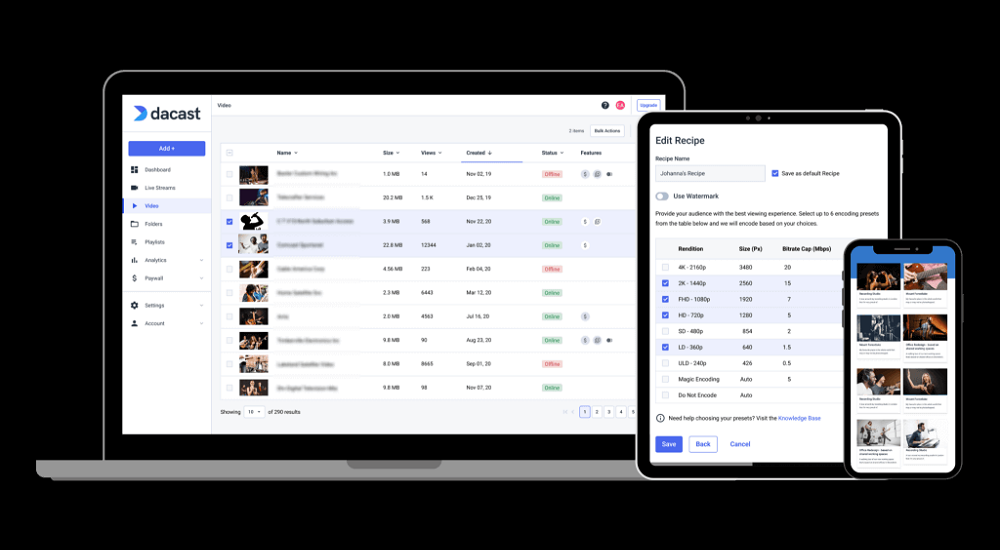One of the biggest challenges modern businesses face is long wait times for customer service. This can be especially true for those with questions outside business hours, leading to an unsatisfying customer experience.
Real-Time Communication
If your business doesn’t use real-time communication tools, you miss out on a lot. These tools are used by businesses across the globe to communicate with their customers and colleagues, streamline operations, and increase productivity. Whether you’re a small or large business, real-time messaging is vital for success. Here are some of the benefits that modern real-time messaging offers your business: One of the most notable advantages of using modern communication tools is the ability to provide instant customer service to your online visitors. Without real-time communication, customers would have to wait for their questions to be answered, and they could get frustrated with the long delays.
Another benefit of real-time communication is that it allows employees to work from anywhere, even when not physically present. As a result, companies can save money on travel expenses and improve employee performance. It also allows teams to collaborate on projects with a single message, eliminating the need for email exchanges or lengthy phone conversations. In addition, teams can share files instantly with the click of a button, freeing up time for more critical tasks. Real-time messaging is becoming more and more popular, as it has the potential to revolutionize communications. As a result, many business leaders are looking for ways to implement this technology into their systems.
Scalability
Real-time messaging can be a critical part of the customer experience, especially in industries where customers want instant access to information. For example, a patient can message a registered nurse in healthcare to ask questions about their condition or medications. This makes it a quick and efficient way to get answers and provide feedback, allowing for a streamlined customer experience. Another important feature that makes real-time communication a helpful tool for businesses is the ability to communicate with different people at different times. It’s a great option for companies with multiple employees who are spread across locations, and it can be particularly beneficial for businesses that deal with customers remotely. The benefits of real-time communication are endless and can be a critical part of your business’s success. It can help you meet customer expectations, improve customer service, and increase top-line revenue. In addition, it can help your team work more efficiently and effectively.
Security
Real-Time Messaging Protocol (RTMP) is a TCP-based streaming protocol that maintains low-latency audio and video streaming connections. It defines several virtual channels that work independently of each other for packets to be delivered, allowing data to be transmitted quickly and smoothly. It’s a great tool for communication with customers and employees, whether you’re chatting via voice, video, or instant messaging. If your business relies on real-time communication to conduct sensitive operations, you must ensure the information being exchanged is secure. For example, suppose you’re using real-time communication to connect with patients about new medications that may have side effects. In that case, you must ensure their private health information is not exposed to unauthorized parties. Fortunately, modern encryption protocols make it possible to protect this type of information. The security of real-time communication is vital to any business’s success, as the faster you can communicate with your customers and employees, the happier and more productive they will be. With a stable Internet connection, your real-time communication should work regardless of where you and your employees are.
Reliability
Real-time communication or the RTMP live stream can be a boon to your business in many ways. For starters, it allows you to offer better customer service and provide a more seamless experience for your customers. In addition to that, it can save you time and money. You’ll also be able to cut down on the number of email messages you receive from customers, which can be a huge benefit in today’s world of e-commerce.
The best part is that it can be implemented easily and cheaply. For starters, you can use cloud-based technology and avoid the need for hardware and installation costs. And with a cloud-based solution, you can scale up or down as needed. Real-time communication can be a big deal for any organization, especially if you sell your customers goods or services. Choosing the right technology and team is vital to make it work for your company.
Flexibility
Regarding communicating with customers, real-time messaging is a powerful tool. It lets you communicate with people in a way that feels natural to them. It’s also a great option for businesses that want to increase their conversion rates and improve customer retention. Unlike email, real-time communication works at the moment and doesn’t wait for a response. It recreates the natural way we communicate with other humans in real life and gives you a better chance of closing a sale. Another advantage of real-time communication is that it’s flexible. It can be used for various purposes and applications, including online meetings, video conferencing, and more.
It’s also straightforward and can help you deliver an outstanding user experience. Plus, it can help you save time and money by eliminating the need to manage email accounts and file servers.
In addition, real-time communication can help you set the right customer expectations. For example, a modern messaging solution will let your customers know how long they can expect their query to take before they get a reply. This helps customers avoid waiting and losing patience, saving your business a lot of money. Aside from customer service, real-time communication can facilitate team members’ collaboration. It makes sharing files with team members in the same room or from different locations easy. This can greatly reduce document redundancy and ensure everyone can simultaneously access and work on documents.





